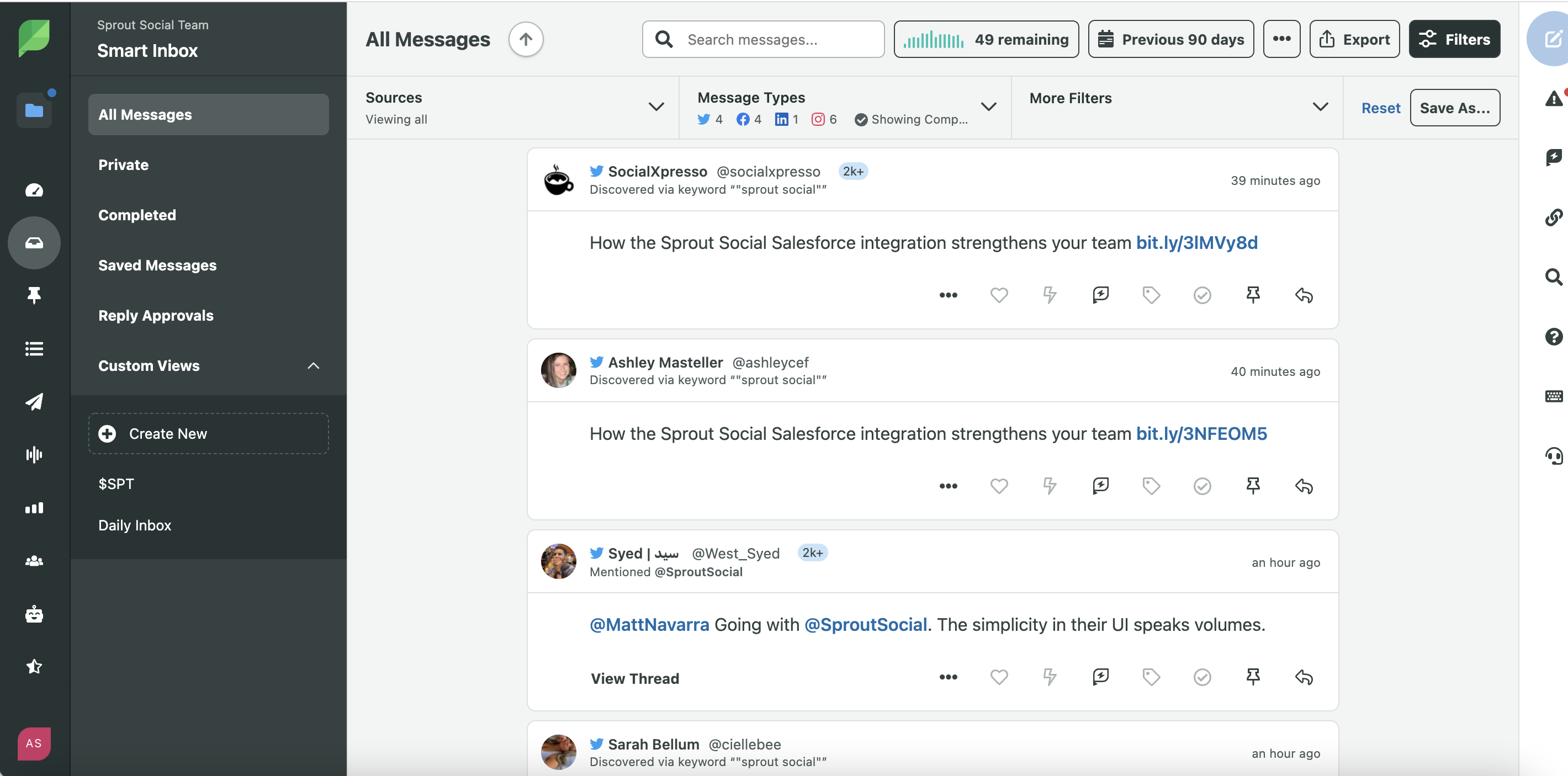How To Grow a Digital Marketing Agency Using Social Listening
Introduction
If you’re wondering how to grow a digital marketing agency, you’re in the right place at the right time. In 2021, US agencies saw the fastest growth in revenue since 2000. But this new growth comes with new challenges brought on by the pandemic. Between workforce shortages and 44% of CMOs planning to move marketing in-house, including Coca-Cola recently, agencies face fresh competition—from each other, and from brands.
So how do you out-pace “the other guys?” The answer may lie in your tech stack. More agencies are leaning on automation to cushion the effects of the lighter workforce. And with 82% of agencies predicting clients will demand more specialized services, having the right tools can help grow your agency by offering new ways to grow your clients.
This is where social listening comes in.
Social listening involves using a tool to analyze conversations and trends happening around a brand, industry and more. It’s most often used for competitive analysis, content strategy, finding influencers and monitoring brand health. For agencies, social listening can provide new value to existing clients and offer powerful insights to attract new ones.
So where does social listening fit into your strategy? We asked three digital marketing agencies how they’re using social listening to build their business, support their clients and stay one step ahead.
Use Sprout Social to start offering social listening to your clients today.
Keeping up with new technologies and new ways to help your clients grow is essential if you want to attract, and maintain, business.
Sprout’s powerful listening tools are easy to use, and easy to add to your strategy.
Request a personalized demo today to see how social listening can help you and your clients grow.
Section 5
To grow a digital marketing agency, start listening
In the agency world, competition is nothing new. But the challenges facing agencies today are. It’s high time to evolve your own long-term strategies with tech that can grow your business, and your clients.
Now that you know how to evolve your digital marketing agency with social listening, all that’s left to do is tune in.
See what social listening can do to grow your business, and the businesses you work for. Start today by using the right tool. Request a personalized demo to try Sprout’s Social Listening tools for yourself.
Recommended for you
View all Recommended for you- Categories
What you need to know before creating a social media RFP (template included)
Published on May 11, 2022 Reading time 6 minutes - Categories
Is social media outsourcing the best way to grow your presence?
Published on September 20, 2021 Reading time 7 minutes





